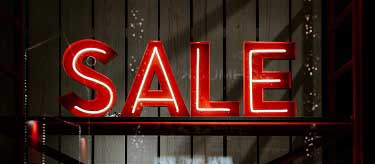
Personal finance & insights
Money Hacks: naming your account could help you save more money
Money Hacks explores behavioural economics concepts and how unconscious biases can influence our financial decisions. Here's how naming your bank accounts could help you save.

Personal finance & insights
Money Hacks: don’t get tricked into buying things you don’t need
Money Hacks explores behavioural economics concepts and how unconscious biases can influence our financial decisions. Here's how to avoid being tricked into buying things you don't need.

Personal finance & insights
Money Hacks: you don’t need to win the lottery to get bitten by the windfall effect
Money Hacks explores behavioural economics concepts and how unconscious biases can influence our financial decisions. Here’s how to use a windfall to get ahead.